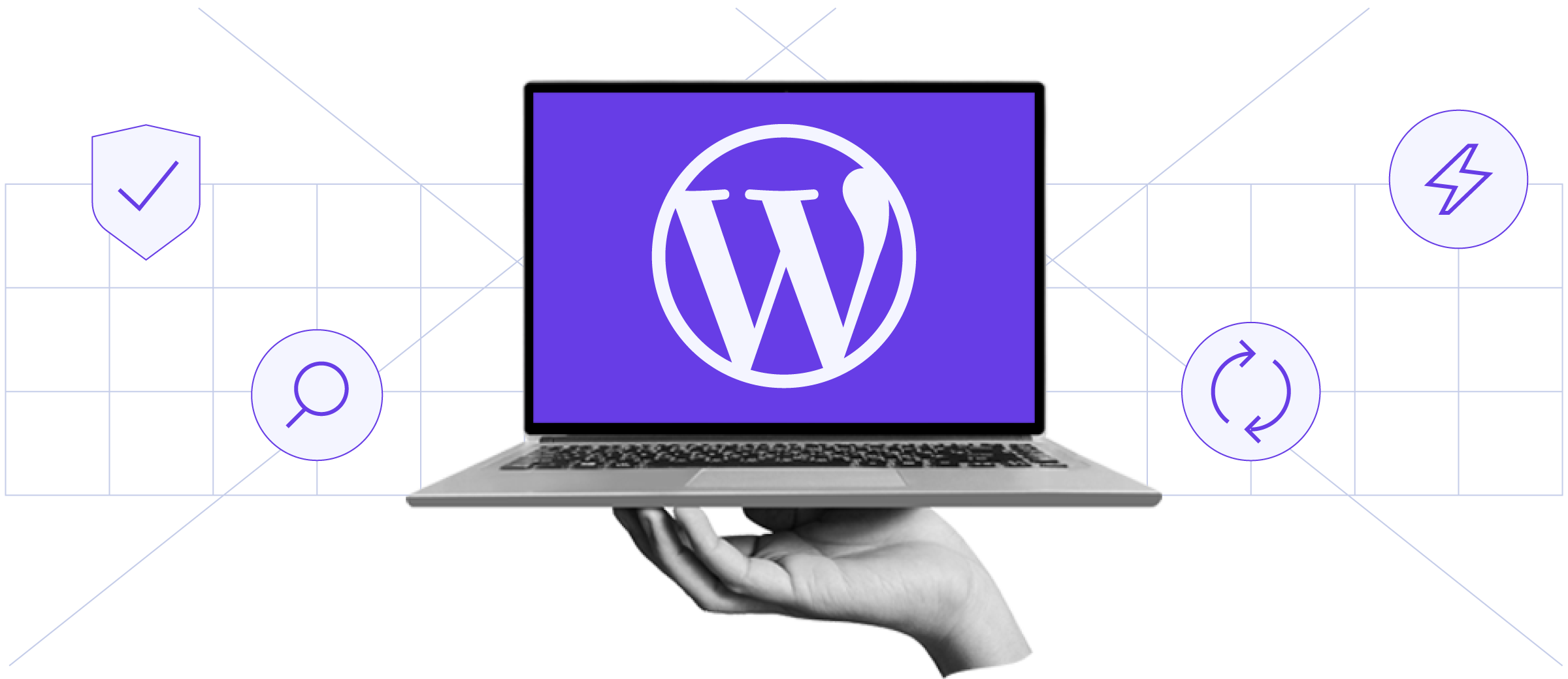This is yet another series of article on Configuring Nepal Telecom‘s ADSL Internet service in consumer modems and routers – here for advanced Cisco Linksys X2000/3000 series DSL Routers. While many heard ADSL router models provide settings for NTC easily, other advanced routers on the other hand are quite tricky to configure. Linksys X series we are featuring here is one among the complicated routers for NTC ADSL but have the best performance among the routers we have evaluated so far.

- [How to] Set up Linksys by Cisco Wireless G router for NTC ADSL
- [How to] Configure SMC Routers – EliteConnect [non-ADSL specific]
- [How to] Configure DIGICOM ADSL Router for NTC ADSL
- [How to] Configure TP-Link Router for NTC ADSL
- [How to] Configure Cisco Linkysy X2000 / X3000 Series Router with NTC ADSL & Internet Connection
Let’s proceed configuring Cisco’s Linksys series X2000 and X3000 router with NTC’s ADSL service. For a reference, we will be using Linksys X3000. Open the optical media disc that came with your device, the set up (nothing to install at your local machine) will give you the option to use your X3000 device two ways:
1. Using Linksys X3000 as both a Modem-Router option (this is our interest here), and
2. Using Linksys X3000 as Router only for which no ADSL settings required, and work by connecting to an already configured ADSL modem.

Connect your Linksys X3000 router-modem as guided, cross check the DSL port (telephone line after the splitter), and power supply.

One Linksys X3000 is set up, you’ll be able to do most of the general things plus some advanced features provided by the device; such as
- Wirelessly connect computers, games and devices to the Internet
- Give Internet access to guests
- Manage parental controls
- Test your Internet connection speed


Initially, the Cisco Router will broadcast a random SSID (Wireless Network name) to which the user need to connect to set up the device for the first time (this is apart from the LAN set up) – in our case it broadcasted Cisco01697 as SSID.
You might see a notification that the new router has not been set up, so you have the option to connect to the network with or without setting it up.
Once connected to the Cisco Linksys router X3000, enter the settings for your ADSL connection, provide username and passwords of your NTC ADSL service. The set up will take some time and ask you to supply your regions for pre-configured DSL settings which is sadly not available for Nepal.

[box title=”A note of caution!” style=”noise” box_color=”#dede14″ title_color=”#980808″]We believe you’ve changed your default NTC ADSL password which would otherwise be easier for hackers to grab your ADSL password for NTC without any guessing. Read this: How to secure NTC ADSL. [/box]
Take a note of the DSL Settings for VPI, VCI, Multiplexing and PPPoE Internet type information provided by NTC ADSL (valid for all sort of routers.)

One interesting feature of this Cisco router is that it supports many ISP Internet type connections like PPPoE, PPPoA, IPoA, 1483/2684 Bridged, and 1483/2684 Routed connections.
Choose PPPoE (Nepal Telecom uses RFC 2516 PPPoE Internet Connection Type for their ADSL serice.)

Proceed to supply the SSID or Router name for the Linksys router. In the future, use the Router settings in the Cisco connect application to modify the values.

This completes configuring Linksys x3000 series router for NTC’s ADSL service in a quick and effectively way.
Manual Configuration NTC ADSL for Cisco Linksys
Should you find it difficult to proceed with the quick start wizard for the set up (which you ran directly from the CD), you can connect to the router and proceed with 192.168.1.1. Ensure you supply all the basic ADSL set up correctly as provided by NTC. Several times the wizard based set up fails for unknown reasons where the manual set up is useful.

The problem with Cisco Linksys X3000 DSL Modem Router is that the device disconnects frequently from the Internet – not only from the ADSL connection (Modem-router mode) but also from the Network connection (Router mode) – we found no solution to that so far. “You have a Limited Network connection” this is what this Cisco device loves to tell you time and again despite of successful setup.
Do share your experiences with NTC ADSL, and devices associated or their configuration with NTC ADSL. Visit Tutorials section for more visual tutorials.

![[How to] Type Nepali Unicode easily on your PC or Web - Google Input Tools Review 10 Type in Nepali Unicode Google Input Tools](https://cdn.techsansar.com/img/cover-2-350x250.png)





